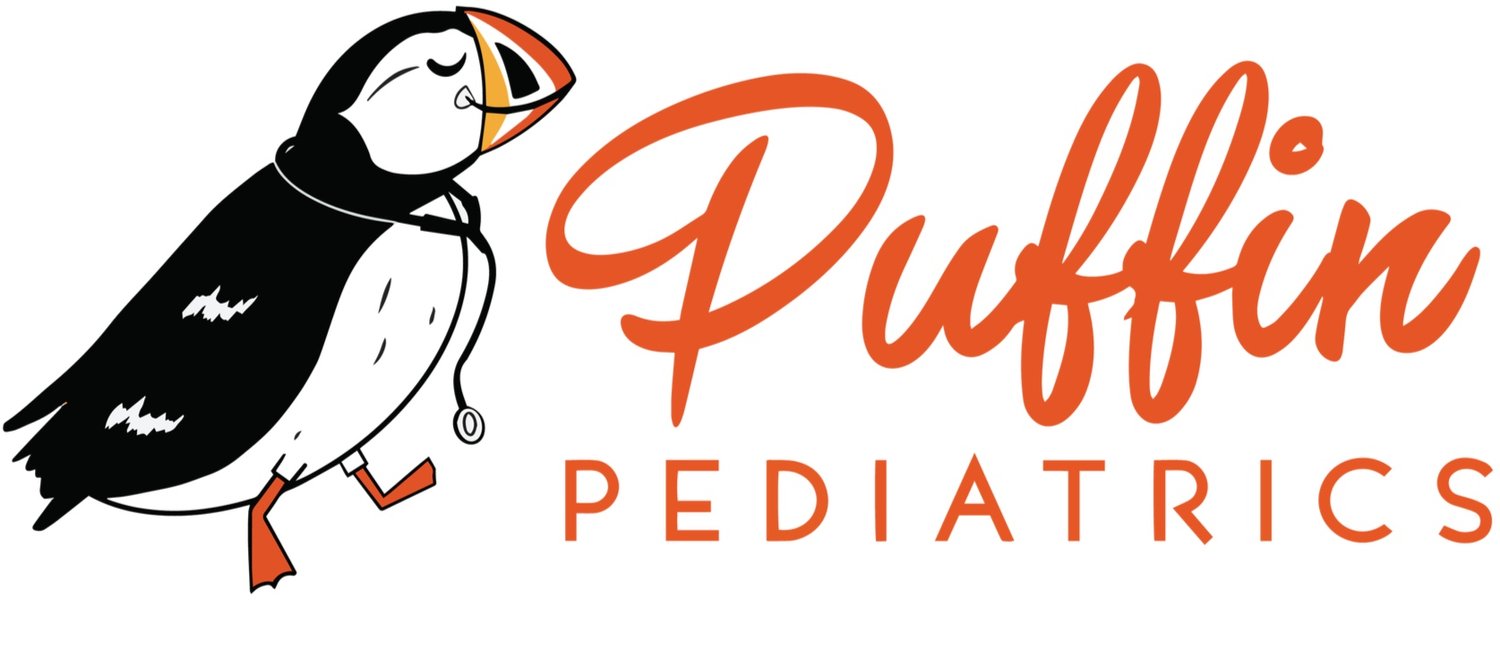Sun Protection and Sunburns
In order from most protection to least, the best sun protection for kids is as follows:
1. Shade
2. Clothing
3. Sunscreen
If sunscreen is so helpful, then why do pediatricians say not to put any on a baby for the first 6 months? Well, first off, we just get worried about kids 6 months or younger being in direct sunlight for long periods and requiring sunscreen because they can’t really let us know when they are feeling hot, they are not great at self-regulating body temperature yet, and they lose more fluids when hot than older infants and kids. So sticking to using shade and clothing as the sun protectors of choice from age 0-6 months is preferred. And if our baby is turning more pink or red in the sun, best to get them in the shade or inside to cool off. But if you are stoked about taking baby Johnny to Maui, then we can use sunscreen as another layer of protection, but it needs to be a baby sunscreen. Baby sunscreens are barrier sunscreens; they coat the skin rather than get absorbed. The active ingredient is usually zinc oxide. Does that sound familiar? It should as it is the usual ingredient in diaper creams that makes them chalky and very good at protecting the baby's bottom. No baby, or most kids for that matter, should have sunscreens with anything that has oxy- or -benzoate in the name.
When using these sunscreens on kids of any age, try to use one with at least an SPF (sun protection factor) of 30. Once you get to an SPF over 50, there is not much more added protection advantage with larger number SPFs. Try to apply it 15-30 minutes before the kiddos cannonball into the pool and make sure to reapply it as often as indicated on the label (usually every 2 hours at the longest) or after any change of clothing or toweling off. Also, I always recommend having some sort of color-tinted sunscreen on kids somewhere so you can tell when it is wearing off and therefore when you should be reapplying all of their sunscreen.
But even with sunscreen, sunburns still happen. They are painful and no fun for either kids or parents. If the kiddos need some pain relief, you can give Tylenol/acetaminophen (or Advil/Motrin/ibuprofen to those over 6 months of age). The first aid or sunscreen section of most stores will also have some gentle after-sun creams that usually have a combo of aloe vera and hydrocortisone 1%. We can apply these a few times per day to help with irritation for mild sunburns. If there is blistering from a sunburn, though, this could count as a second-degree burn and would need to be seen by a pediatrician to make sure there is no sign of infection from the blisters and drainage that can occur. Most importantly, avoiding the sun after a painful sunburn can speed the healing. If you must go back to the beach and the kiddo has a sunburn, please have them wear a shirt with sunscreen underneath or an SPF-treated rash guard or other similar covering even when in the water.

